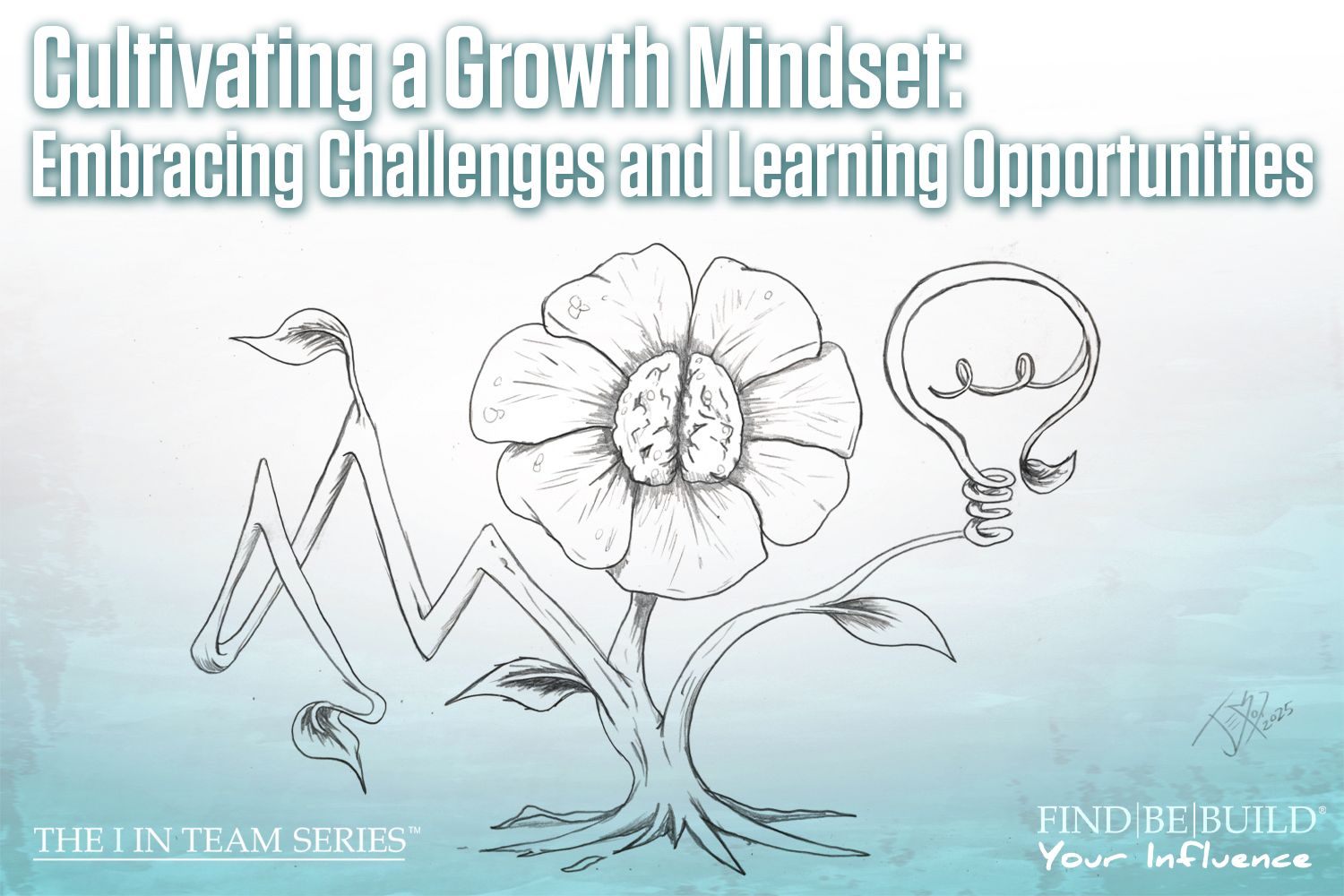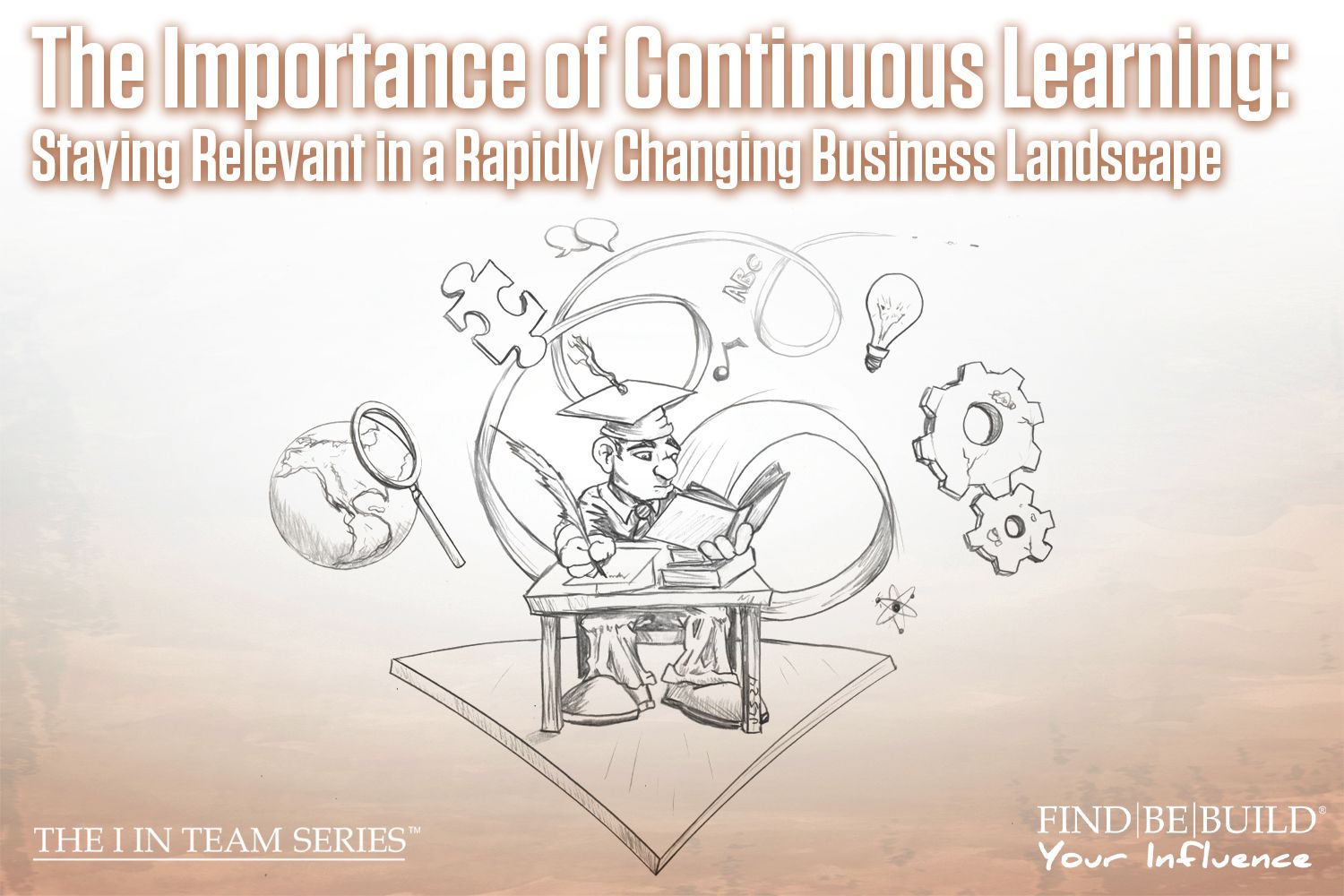Cracking the Code: How to Build an Effective Leadership System

In the words of the great Peter F. Drucker, “Management is doing things right; leadership is doing the right things.” Wise words, indeed. Effective leadership is the bedrock upon which successful organizations stand, and there’s always room for improvement. If you’re a leader at a small- to medium-sized business (SMB) and want to level up your leadership game, read on.
Understanding the Power of a Leadership System
First things first, let’s quickly unpack the definition of a “leadership system”. It’s simply how leadership is done, both formally and informally, in your organization. It’s the structure that guides how important decisions are made, communicated, and executed. It’s about the things you do versus the things you say or that hang on your walls.
An effective leadership system respects your team’s talents and needs while setting the bar high for performance and growth. Plus, it helps you build loyalty and foster teamwork around a shared vision and common business goals. But before this can happen, you as a leader must develop a foundation of trust which is the key ingredient in any leadership system. Without it, like bread without yeast, your company won’t rise.
Picture your leadership system as the rudder of a ship – its purpose is to help you navigate in the right direction, no matter which way the wind blows. An organization that lacks a rudder tends to be all over the place, lacking consistency and struggling to steer toward success. So, how do you build this system? It starts by boosting your leadership skills, which, in turn, lets you steer your team and business in the right direction. Let’s break it down by giving you the coordinates you need to succeed.
10 Strategies for CEOs to Lead Effectively
Build Trust: Trust is the secret sauce for a thriving workplace. Your team can do great things and drive your company forward, but if they don’t trust you or their supervisors, morale plummets. Trust-building has a slew of benefits, including positive attitudes, better cooperation, enhanced communication, job satisfaction, and higher performance quality. It’s like the Swiss Army knife of leadership. But remember, trust isn’t a microwave dinner for one; it’s a slow cooker recipe that feeds a family.
Trust is the currency of great workplaces. Take Southwest Airlines. Known for its transparent and employee-focused culture, Southwest has built trust so strong that employees often go above and beyond to ensure passengers have a memorable experience. This trust has translated into consistently high customer satisfaction ratings.
Clarify Your Goals: Your company’s vision statement is like a treasure map. It not only spells out your business’s underlying purpose but also charts the course for why and how you do what you do. Knowing your goals gives you and your team a rallying point. If you don’t have a vision outlined, consider crafting one.
Take Apple, for instance. Their vision to “make a contribution to the world by making tools for the mind that advance humankind” has guided them to create groundbreaking products like the iPhone, iPad, and Mac, revolutionizing industries and changing how we live. Feeling stuck? Our trusty S.M.A.R.T. Management™ System (SMS) can help you map out the basics and create a compelling vision for your business.
Promote Collaboration: Wondering how to be a leader who champions collaboration? It boils down to creating an environment where open communication, shared purpose, and mutual respect are able to flourish. Break down those team silos and encourage cross-functional projects. Let diverse perspectives shine, and reward collaborative efforts. You’ll be the maestro conducting a symphony of innovation.
Secure Buy-In: Trust isn’t the only challenge in your leadership toolbox; securing buy-in is equally essential. Think of it as an equation: Idea Quality multiplied by Buy-In Level equals Execution Level. The higher the execution level, the better the results. So, present your ideas effectively and ignite enthusiasm among your team.
Elon Musk’s leadership at SpaceX is a testament to securing buy-in. Musk’s ambitious vision of colonizing Mars seemed like science fiction, but through his passion and clear communication, he rallied a team of engineers and scientists to work towards this audacious goal. Their successes with reusable rockets and plans for Mars missions showcase the power of securing buy-in.
Be Proactive: Proactive leaders don’t wait for a storm to hit; they set sail with a plan. Anticipate industry shifts, emerging trends, and changing customer preferences. Empower your team to take initiative and own their tasks. It’s like giving your crew the keys to the ship. Invest in your own development too; leadership is about the process, as much as it is about the objective.
Stay Accountable: Accountability isn’t about micromanaging; it’s about ownership and initiative. When everyone in your organization understands their objectives and how they contribute to the big picture, magic happens. Develop clear Key Performance Indicators (KPIs) so your team knows exactly what’s expected of them.
IBM, a global tech giant, is a case in point for accountability. They have a robust performance management system that sets clear expectations for employees. This accountability culture has driven innovation, leading to breakthroughs like IBM Watson, an AI system that’s transforming industries from healthcare to finance.
Develop Your Leadership System: Once trust, accountability, and buy-in are in place, it’s time to build your leadership systems. Every business is unique, so your leadership system should match your needs. Our easy-to-use S.M.A.R.T. leadership toolkit helps you map out your team’s roles, responsibilities, and accomplishments, boosting efficiency and clarity.
Invest in Your Team’s Growth: Your team is your greatest asset. Invest in their professional and personal growth. This not only benefits them but also supercharges your organization. Improved skills lead to higher-quality work, increased productivity, and a fearless approach to complex challenges. And investing in your team sends a strong signal that you value them and want them to grow.
Take the example of Google, a company renowned for its commitment to employee development. Google offers its employees a multitude of resources to foster growth, including access to workshops, online courses, and even “20% time” where employees can spend a portion of their work hours on personal projects. This investment in employee growth has led to a workforce that continually acquires new skills and knowledge. As a result, Google has remained at the forefront of innovation, with employees developing groundbreaking products like Google Maps and Gmail during their 20% time.
Create Development Plans: Development plans are your roadmap to success, both for your company and your employees. Identify personal and organizational goals, nurture leadership from within, and enhance team dynamics. This strategy elevates staff retention rates, improves the employee experience, and boosts productivity.
Embrace Change: Change is the only constant in business. Effective leaders don’t dodge it; they tackle it head-on. Be open to new ideas and alternative perspectives. Communicate transparently during times of change and address your team’s concerns. Flexibility is your leadership superpower.
Netflix, led by Reed Hastings, embodies embracing change. Starting as a DVD rental service, they embraced streaming technology when it was in its infancy. Today, they’re a streaming giant producing award-winning original content. Their ability to pivot and adapt to changing consumer preferences is a masterclass in leadership.
Crafting Your Effective Leadership System
Whether your business is just beginning or has a well-established presence, there’s always room for leadership growth. By implementing these strategies, your team will hit peak performance levels.
Don’t feel overwhelmeded; you don’t have to go it alone. IA Business Advisors specializes in enhancing leadership in companies just like yours. We can help you cultivate the leadership skills that will drive your company to new heights.
Remember, leadership is a journey, not a destination. So, hop aboard. Your leadership adventure awaits!











